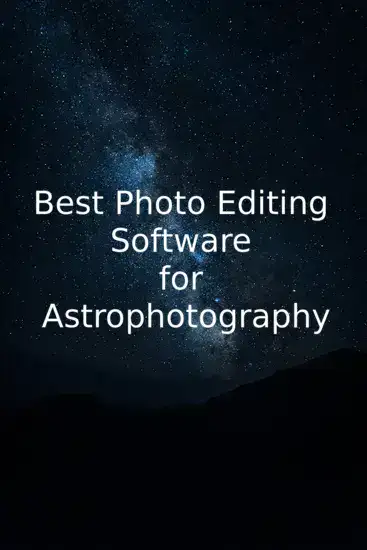As an amateur photographer, I know how hard and complex it is to get the perfect deep-sky astrophotography images. You need a good camera, software applications, plugins and websites that can help you build your skills over time. Making sure that all of your exposures are timed precisely with the appropriate telescope, filter wheel, motorized focuser, and other pieces of equipment is just as important as taking pictures of stars or galaxies.

Adobe Photoshop

Adobe Lightroom

Corel PaintShop Pro

CyberLink PhotoDirector

Skylum Luminar Neo
Also read: Best Photo Editing Software For Sublimation
What are your options?
Fortunately for us, there are a number of astro photography-focused photo editing software products available today. The most well-known ones are PixInsight, Astro Photography Tool (APT), Lightroom, Nebulosity, Adobe Photoshop, and Adobe Lightroom. Each product has its own distinct features, such as the ability to integrate with image acquisition software, use sophisticated color correction tools, and perform automated batch processing.

Adobe Photoshop

Adobe Lightroom

Corel PaintShop Pro

CyberLink PhotoDirector

Skylum Luminar Neo
However, what if you're seeking something more substantial than a simple photo-editing program? A specialized astrophotography tool like Astro Pixel Processor can be useful in this situation. By automatically correcting any common flaws and offering advanced features like automatic star tracking and noise reduction techniques to give you the best results possible every time, this robust software eliminates all guesswork from post-processing your astrophotography images.

Having the best photo editing software for your needs can make all the difference in the quality of your finished product, whether you're an experienced enthusiast or just getting started with astrophotography. In order to help you choose the option that will work the best for you, we'll walk you through the process step by step in this article.
Adobe Photoshop
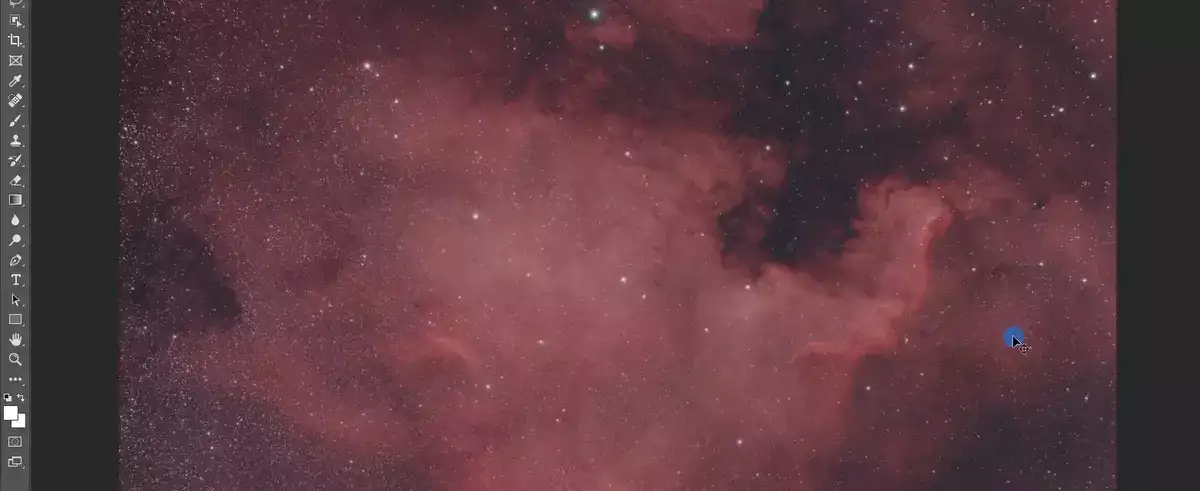
I've used a lot of different programs, but Adobe Photoshop CC is without a doubt the best image-editing program in terms of quality and features.
Photoshop editing is now simpler than ever thanks to Adobe Sensei technology. You can easily edit your images to meet your exact requirements using tools like layers, levels, curves, and shadows. Recently, the Black Friday sale also brought with it incredibly low prices on Adobe plans, enabling anyone to use this wonderful tool.
Particularly when it comes to astrophotography, Photoshop excels. Its assortment of tools is ideal for producing beautiful star trail images or fine-tuning pixel data. The technology's noise reduction filters and anti-ringing technology give you complete control over how your processed photos should appear. Additionally, multiple screens ensure that all crucial information is considered!
Related: Best Adobe Photo Editing Software
What about unique astrophotography features, though? Fortunately, there are lots of choices here as well! You can use astrophotography Photoshop plugins like Action Sets and Panels, which are crammed with a ton of extra features designed to help you get better results from your photo editing process, along with the mask feature (which lets you select specific areas within an image). Additionally, the Camera Raw filter has intelligent sharpening capabilities, and Adobe's advanced noise reduction offers more assistance with post-processing tasks like gradient removal and other similar ones.
Then there are a few 8BF files, which are essentially unique astrophotography plugins that give users access to a number of preconfigured features via a dedicated filter drop-down menu found inside of Photoshop itself! For instance, PixInsight provides a special selection of Astronomy-related Action Sets & Plugins in addition to their own proprietary noise-reduction algorithms, making them yet another excellent option for those looking for more potent tools to use when making adjustments during post-processing sessions.
DeepSkyStacker
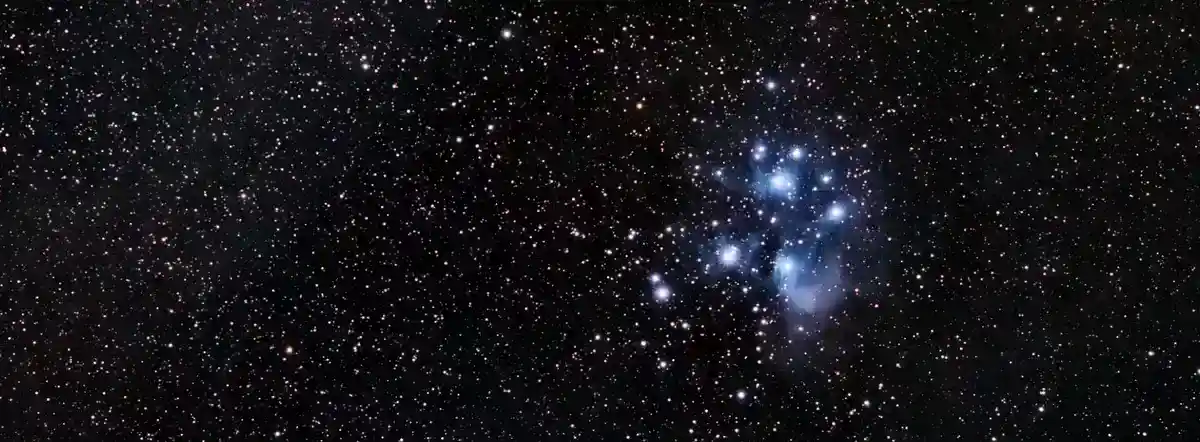
A powerful program like DeepSkyStacker is required for automatically registering and stacking all of your light frames, dark frames, offset frames, and flat frames taken with your camera when you're trying to capture a mesmerizing shot of stars or galaxies in the far reaches of space. It helps to streamline the process so you can concentrate on taking more amazing pictures. Additionally, after using DeepSkyStacker to combine all of those images into a single result, you can easily proceed to post-process them in Adobe Photoshop or Adobe Bridge before ultimately saving them as a RAW file format or.TIF file format.

But even if you're just getting started with astrophotography and are unsure of how to use DeepSkyStacker and image processing tutorials, don't worry! The user interface is very simple to use, and there are tutorials available to get anyone up and running right away. Make sure to have DeepSkyStacker on hand for all of your starry night adventures, whether you're an experienced astro shooter or just starting out on your journey into this amazing hobby!
SiriL
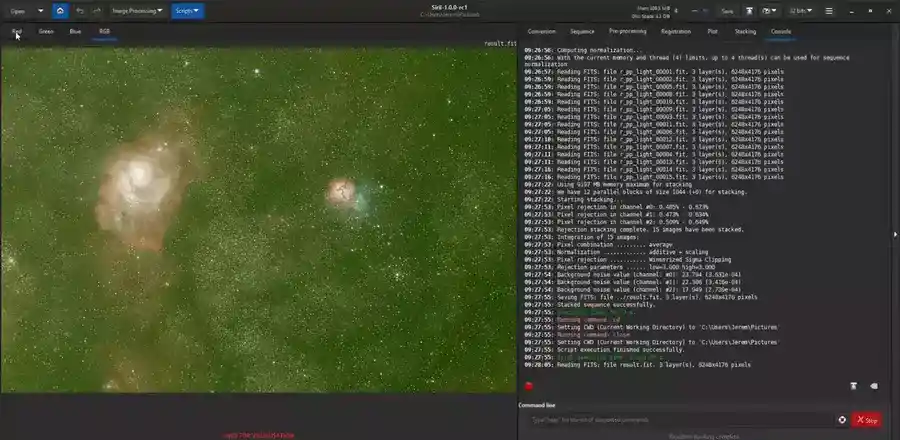
Astrophotography requires top-notch software. From shooting to post-processing, every step requires precision and care. SiriL is one of the best astrophotography editing programs available.
SiriL is a free astrophotography suite for image calibration, stacking, and histogram stretching. You can use it on any brand or operating system laptop or desktop. As an open source project, anyone can contribute and use new features without waiting for Apple or Microsoft updates.
This platform-agnostic package supports RAW images from most astronomy DSLR cameras. This means you can easily transfer images captured with a tripod into SiriL for advanced post-processing.
Related: Best Photo Editing Software For Drones
SiriL's ability to integrate with other astronomical programs like Registax or PixInsight makes setting up complex projects easy, even if you need to adjust labels or conversions across multiple images before saving them in your final format file type. The intuitive user interface makes it easy to apply features like flat fielding if you plan to take many astrophotos over multiple nights.
If you're looking for a powerful yet easy-to-use astrophotography editor, try SiriL. This freeware multiplatform package has all the features necessary for quality imaging processing, whether it's star trails or deep sky objects. Since it's open source, you can expect enhancements as needed. So give it a try today – I'm sure you won't regret it.
Adobe Lightroom CC
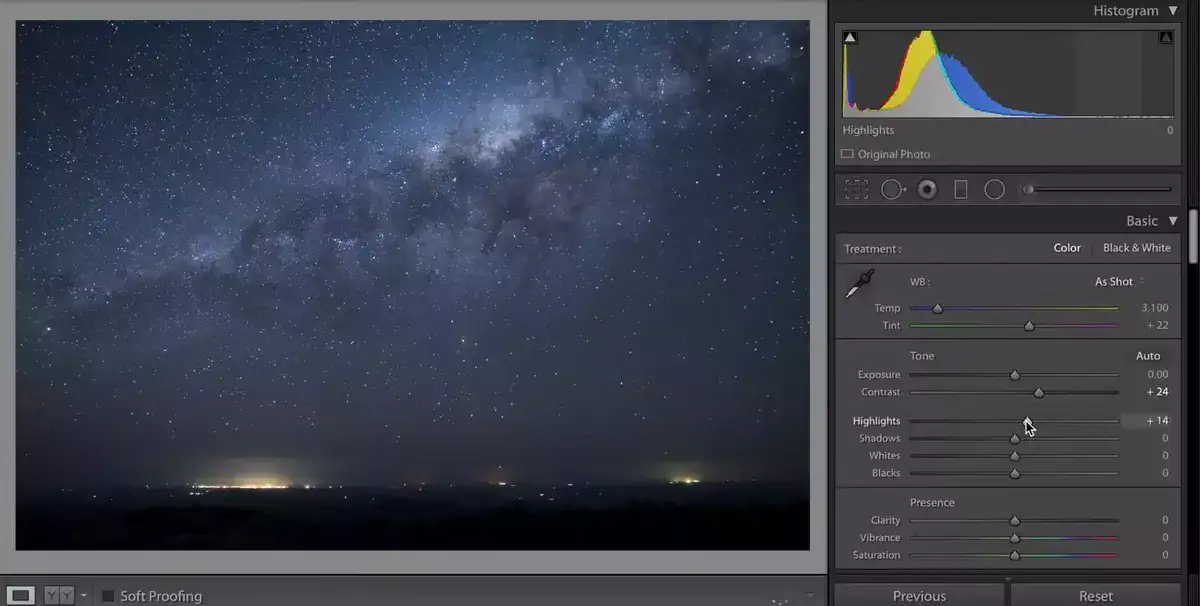
Lightroom is a powerful RAW image organizing, cataloging and developing app that offers several features specifically designed to help in astrophotography. With Lightroom you can easily geotag your images as well as use facial recognition and other advanced tools like watermarking, exporting, sharing and more. The non-destructive workflow helps keep all of your original JPEG images intact, so you can experiment with your pictures without permanently affecting them.
Lightroom also comes equipped with a built-in RAW converter that allows you to quickly transform raw files into JPEGs with ease. Not only this but it’s also an effective image organizer where you can store your photos together in one place. Then there are the special functions related to astrophotography such as histogram stretching and advanced light pollution reduction which make it incredibly versatile when dealing with starscapes or any other celestial objects. Gradient removal and star reduction are two other processes that Lightroom handles extremely well due to its color depth capabilities while color proofing provides photographers with accurate previews of how their final image will look like before they finalize their tweaks.

For those who want even more control over their photos than what Lightroom has to offer, then Photoshop CC could be an excellent option too since it’s part of Adobe's Photography Plan which includes both apps plus Lightroom along with some astro-specific editing tools (such as smart object layers). In Photoshop CC you can make all sorts of intricate changes from small improvements to drastic transformations using multiple layers and filters for extra creative control on top of what’s provided by Lightroom itself – making it possible for professionals or amateurs alike to get amazing results from their work without much effort at all!
Overall Adobe Lightroom is definitely my go-to choice when it comes down selecting photo editing software especially since now they have added several features specific for astrophotography tasks such as advanced light pollution reduction or gradient
GIMP
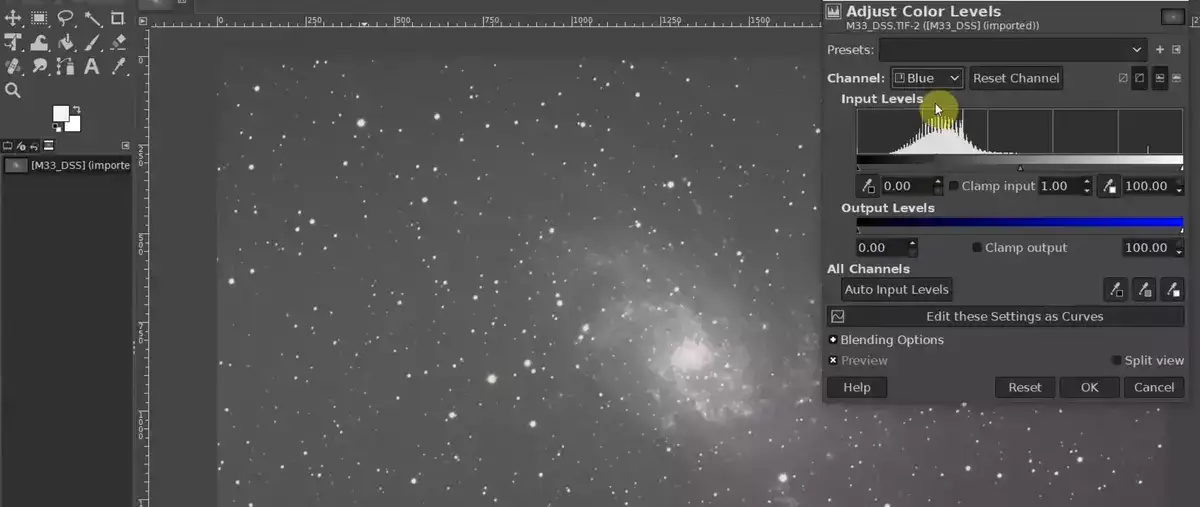
GIMP offers a wide variety of tools specifically designed for astrophotography, like star trail images and raw Adobe Photography Plan support. You can even organize your raw images using Adobe Bridge and Adobe Senseifiles, which makes sorting through them much easier. Plus, GIMP offers facial recognition technology that helps you quickly find the shots you're looking for.
One of GIMP's more powerful features is its Develop Module. This feature allows you to edit both JPEG and digital negative (DNG) files in high resolution with batch processing capabilities that make quick work of things like histogram stretching and gradient removal tasks. This also means that light pollution correction and star reduction can be done in a matter of minutes!
Also read: Best Photo Editing Software For Removing Backgrounds
In addition to all this, GIMP gives you some fine-tuning options as well, such as cosmetic tweaks through sliders or color proofing with camera lenses' lens calibration data built into the program itself or with third-party action sets or plugins/panels. As if all these features weren't enough already, GIMP also lets you easily create stunning astrophotography images with its amazing selection of filters!
To sum it up: when it comes to finding the best astrophotography software around today, look no further than GIMP! Its strong set of features make it ideal for creating beautiful astro-photos from start to finish - from organizing your raw files all the way through performing detailed edits on individual pictures - without breaking a sweat (or your wallet). Whether you're just starting out in astrophotography or a seasoned pro looking for a comprehensive solution at an affordable price point (FREE!) - give GIMP a try today!
FAQ
Which is the best software for astrophotography?
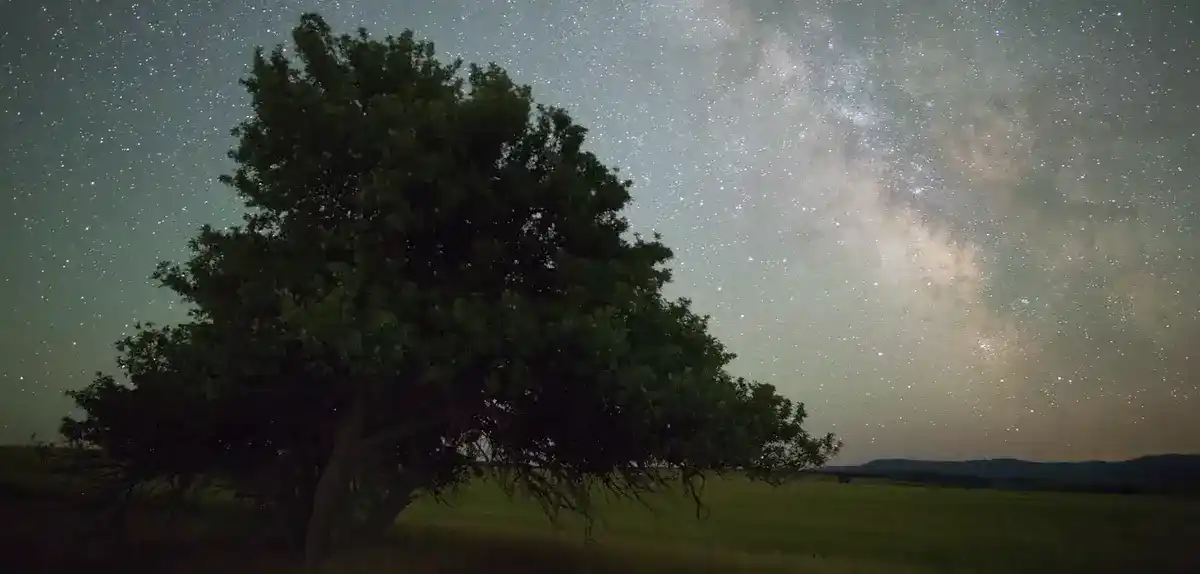
While there are a few specialized astrophotography editors out there that can elevate my photos, generic photo editors like Photoshop and Gimp are great for basic editing tasks.
One of the most widely used solutions for processing stellar images is StarTools. Long exposure photography is made possible by a variety of powerful tools it has, such as dynamic range optimization and chrominance noise reduction. Additionally, StarTools has capabilities for accurate color calibration and alignment, enabling you to quickly produce stunning star trails or powerful star shapes in your images.
Nebulosity, which specializes in processing deep-sky objects like galaxies and nebulae, is a fantastic alternative. In addition to offering a wide range of features like histogram stretching and deconvolution sharpening, this software also has an easy-to-use interface that even beginners can use to edit images.
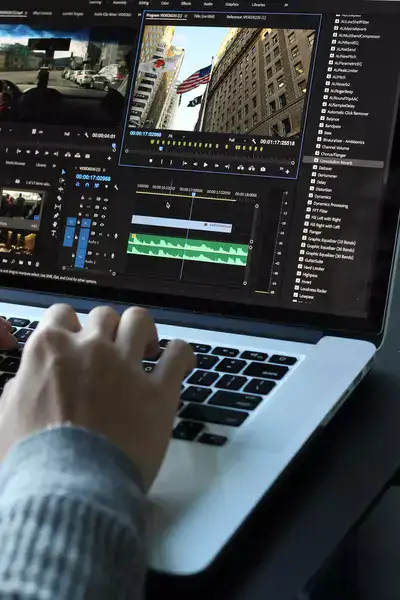
Another fantastic option for enhancing your astrophotography is Astro Pixel Processor (APP). Even in extremely low light conditions, this potent program's sophisticated wavelet sharpening and noise reduction algorithms can bring out stunning detail in your photographs. Additionally, APP has a number of in-built imaging filters that can be used to quickly and easily produce stunning effects like star glows or star clusters.
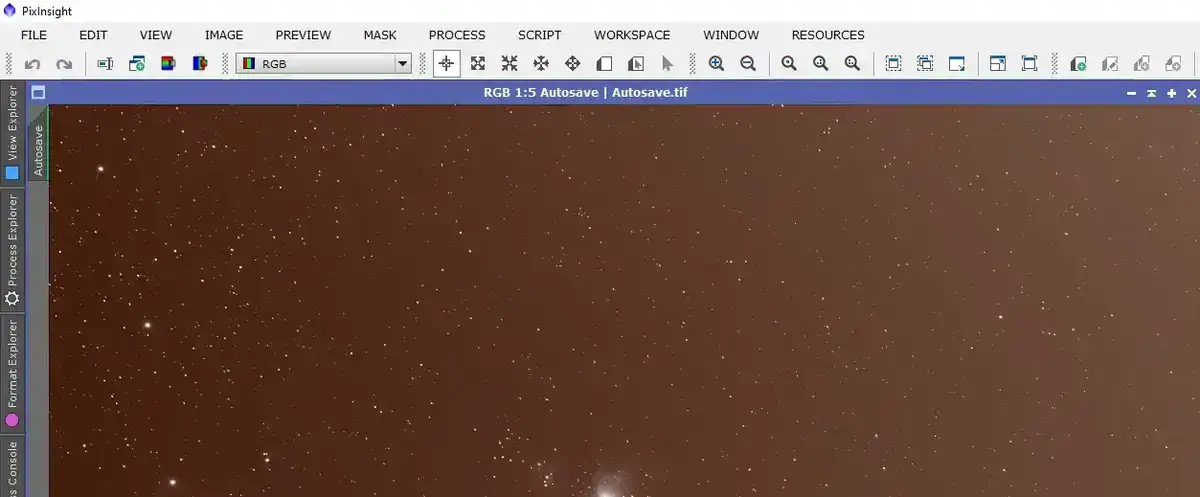
Last but not least, PixInsight is an extensive collection of cutting-edge tools for processing astronomical images that was created specifically with professional photographers in mind. PixInsight's robust scripting language and abundance of features, including background extraction and multiscale linear transformations (MSLT), give you unmatched control over complicated imaging procedures, enabling you to consistently produce stunning results.
The best astrophotography software will ultimately depend on your personal needs and preferences, but these four programs have a ton of features that can help you improve your pictures. Any one of these programs should have everything you need for taking breath-taking pictures from above, whether you're a beginner or a seasoned photographer looking to hone your skills further.
How do I edit photos in astrophotography?
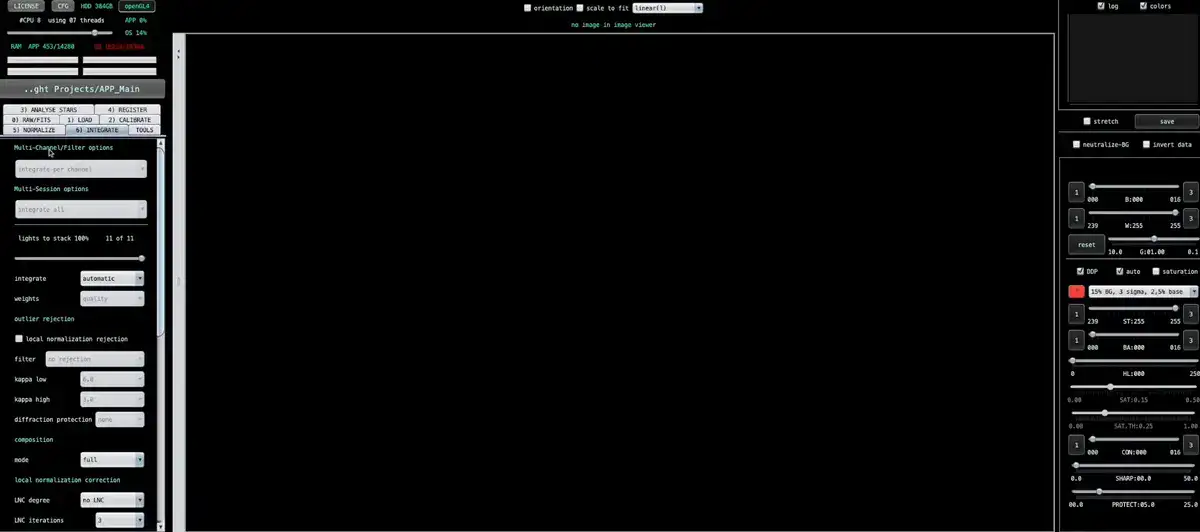
Stretching the histogram is the first step. To achieve better clarity and detail in your photograph, you will need to make adjustments to various aspects of the image, from the black levels to the highlights. The next step is to remove gradients and light pollution, which can help when shooting outside at night in urban areas and may have resulted in any unwanted color casts or gradients.
Moving on to star color calibration, this method enables us to precisely modify the colors of stars so that they stand out more against a background of darkness. When there is too much star clutter in one area or when we want to reduce the noise from brighter stars in order to highlight fainter ones in our images, we can use the techniques of stars reduction and stars removal.
Also read: Best Raw Photo Editing Software
Our photos can be made better by sharpening and reducing noise, especially when longer exposures are used because noise gets more pronounced over time. Before sharing an image with friends or family online, finishing touches like curves adjustments and contrast enhancements can really bring it to the next level!
Although they require a little more technical expertise than what I've described above, tools like Astro Pixel Processor, Star Tools, and PixInsight are also available for deep-sky astrophotography. These tools offer great, powerful features like background extraction (to separate foreground elements from the background), image stacking (combining multiple exposures into one image), blacks optimization (for darker skies), middle tones adjustment (to enhance details), and star reduction (to reduce stars).
What is the best file format for astrophotography?
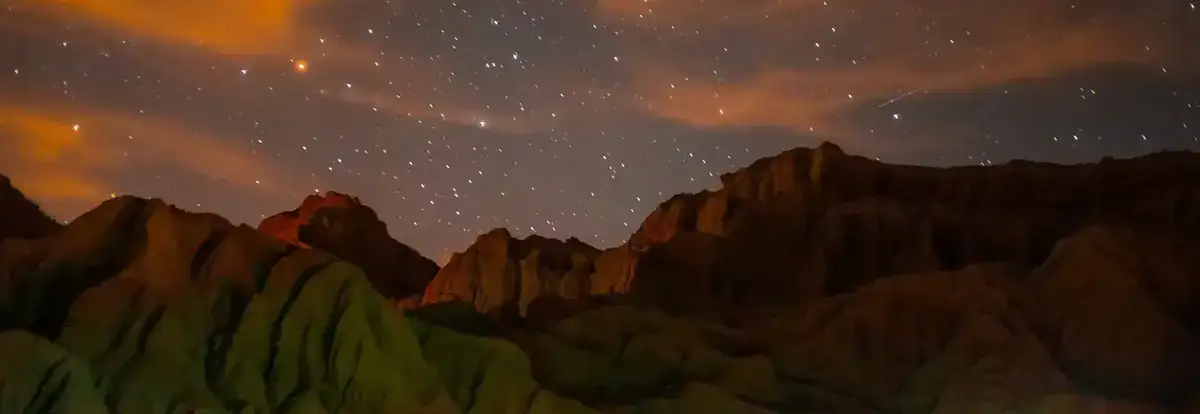
The RAW file format is one of the most widely used options. This type of image file stores all sensor data, allowing for greater post-processing control. This makes it great for astrophotography, but requires more technical know-how.

JPEG is another option. This type of image file is less flexible than RAW files but easier to use right out of the camera. It also takes up less space on your computer or hard drive, making it ideal for those who want to quickly transfer their photos before returning to the field.

